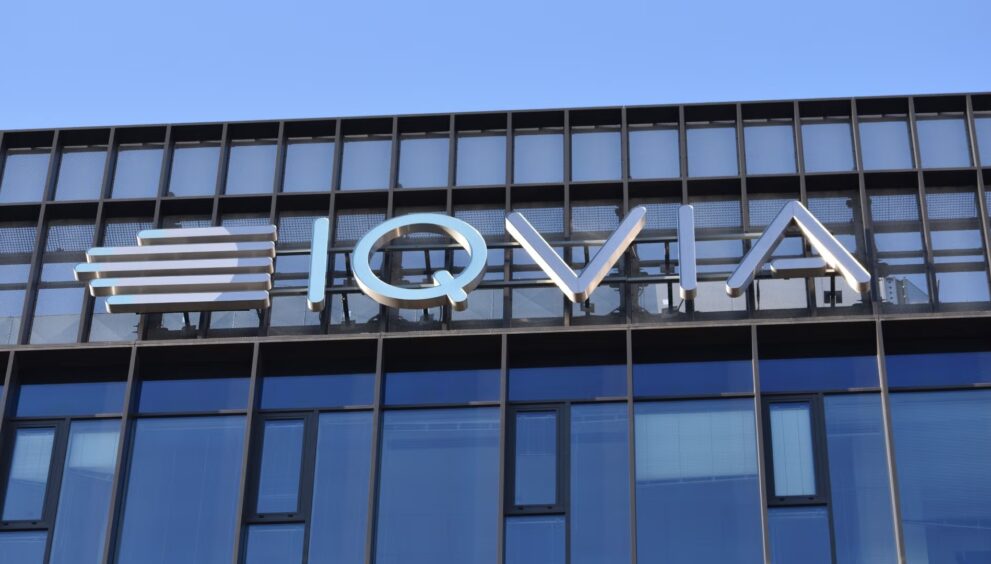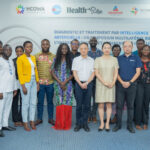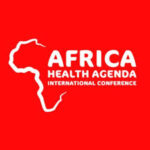As Africa confronts a rapidly shifting health landscape, the year 2025 emerges as a watershed moment for systemic transformation across the continent. In his illuminating analysis, Amine Mansouri, Senior Principal for North, East, and West Africa at IQVIA, underscores that “the healthcare landscape in Africa is poised for significant transformation” driven by intertwined forces of technology, policy reform, and public-private collaboration. This comprehensive article unpacks the seven pivotal trends Mansouri identifies, illustrating how each will shape healthcare delivery, bolster resilience, and advance equity across African nations.
Local vaccine and drug production has taken on renewed urgency in the wake of the COVID-19 pandemic. African governments and international partners recognized that reliance on external suppliers exposed critical vulnerabilities, particularly during global health emergencies. By 2025, significant expansion of vaccine manufacturing capabilities is expected, with facilities such as Morocco’s SENSYO Pharmatech plant and BioNTech’s site in Rwanda leading the charge. The African Vaccine Manufacturing Accelerator (AVMA) initiative aims to produce 60 percent of the continent’s vaccine needs by 2040, signaling a strategic shift toward self-sufficiency and rapid response capacity in future epidemics.
Complementing these vaccine efforts, IQVIA’s work with health and finance ministries in five African countries illustrates a growing commitment to expand local pharmaceutical production. Feasibility studies and investment-promotion campaigns are overcoming barriers related to utilities, regulatory maturity, and foreign-exchange restrictions, laying the groundwork for a more robust, homegrown medicines sector.

Efforts to achieve universal health coverage (UHC) are gaining momentum as policy makers recognize that financial protection against illness is inseparable from broader development goals. Countries like Morocco, Ghana, and Kenya are deepening their National Health
Insurance Schemes to extend benefits to previously underserved segments, thereby reducing out-of-pocket expenses and barriers to essential services. Mansouri highlights that some nations are undertaking sweeping system redesigns, redefining relationships between national, regional, and local health entities under decentralized frameworks. In these reforms, transparent communication and stakeholder engagement emerge as indispensable: by clearly articulating new roles and responsibilities, governments can mitigate fears of change and foster public trust. When effectively implemented, UHC initiatives not only improve health outcomes but also deliver poverty-reduction benefits by alleviating catastrophic healthcare costs.
Africa’s growing prominence on the global stage has ignited interest in clinical research investment, opening a channel for cutting-edge therapeutic innovation. Although the continent accounted for only 4 percent of the 20,825 clinical trials initiated worldwide in 2023, its population growth trajectory and relatively low trial-site competition position Africa as a compelling destination for life-science companies. These organizations can leverage cost advantages and unmet medical needs to generate locally relevant data, build clinical-research expertise, and foster long-term R&D partnerships.
Recognizing the high upfront investment required for trial infrastructure, IQVIA is pioneering sustainability frameworks that consider a site’s “second life” post-trial, whether as faculty training centers, diagnostic hubs, or expanded outpatient facilities, thus ensuring enduring value from initial capital outlays and bolstering the resilience of clinical-research ecosystems across the region.
Non-communicable diseases (NCDs) such as diabetes, hypertension, and cardiovascular disorders pose an escalating public-health challenge as lifestyles evolve with urbanization and demographic shifts. Mansouri emphasizes that public-health initiatives targeting NCDs are essential not only for reducing premature mortality but also for alleviating economic pressures on health systems. Through community-based screening programs, national awareness campaigns, and integration of NCD care into primary-health services, governments and NGOs can drive early detection and timely intervention.
Kenya’s national diabetes management program offers a blueprint: by combining preventive education with improved access to essential medications, the program demonstrates how structured, population-level interventions can mitigate the long-term costs and societal burdens of chronic disease. Aligning these efforts with the World Health Organization’s Global Action Plan for the Prevention and Control of NCDs, aiming to cut premature NCD deaths by 25 percent by 2025, will be crucial for continental health goals.

Perhaps no trend is more transformative than the expansion of digital health technologies. Telemedicine platforms, mobile health applications, and electronic health-record systems are converging to democratize access, reduce treatment delays, and streamline care coordination. In Rwanda, the telehealth provider Babyl exemplifies this revolution by delivering remote consultations that ease the load on brick-and-mortar clinics and bring expert advice to rural communities.
Moreover, digital tools can yield efficiency gains of up to 15 percent, freeing resources that can be reinvested in frontline services. AI-driven diagnostic algorithms and interoperable health-information architectures promise to further enhance clinical decision-making, epidemiological surveillance, and personalized medicine, paving the way for smarter, data-informed health ecosystems across Africa.
As healthcare innovation accelerates, patient support and affordability programs are emerging as critical mechanisms to ensure equitable access. Recognizing that even the most advanced interventions can falter if they remain financially out of reach, governments, NGOs, and private-sector partners are designing holistic assistance frameworks. Such programs combine subsidized medication, logistical guidance, and psychosocial services to address the multifaceted needs of vulnerable populations.
IQVIA’s collaboration in Morocco, supporting over 4,000 patients through tailored Patient Support & Affordability initiatives in 2024 alone, underscores how strategic partnerships can bolster adherence, improve treatment outcomes, and foster patient empowerment across communicable and non-communicable disease spectrums.
Public-private partnerships (PPPs) hold the potential to bridge financing gaps, catalyze innovation, and accelerate infrastructure development in lagging regions. In Nigeria, a landmark PPP project gave rise to a state-of-the-art diagnostic center in Lagos, offering advanced imaging and laboratory services that were previously inaccessible to many urban dwellers. Similarly, Roche’s global access program—implemented in concert with the Clinton Health Access Initiative and other stakeholders—has rapidly scaled up HIV viral-load testing and is extending its scope to critical infectious-disease diagnostics.
By leveraging private capital, operational expertise, and government support, PPPs can deliver high-impact solutions while preserving public-sector budgets for broader system strengthening. As Africa’s governments seek to modernize hospitals, expand digital networks, and improve supply-chain resilience, well-structured PPPs will be indispensable instruments of sustainable progress.
Collectively, these seven trends outline a multifaceted blueprint for Africa’s health transformation in 2025. They demonstrate that achieving universal health goals requires synchronized advances in local production, insurance expansion, research capacity, disease prevention, digital innovation, patient support, and multi-sector collaboration. As Mansouri concludes, “Together, a healthier and brighter future for Africa is possible” when stakeholders unite behind sustainable, context-driven strategies.
In charting this course, policy makers, industry leaders, and civil-society actors must maintain unwavering commitment, foster inclusive dialogue, and continuously measure impact—ensuring that progress translates into tangible health gains for every African community.
Source: Transforming Healthcare in Africa: Key Trends for 2025 – IQVIA



